
Lynn Trimble

Audio By Carbonatix
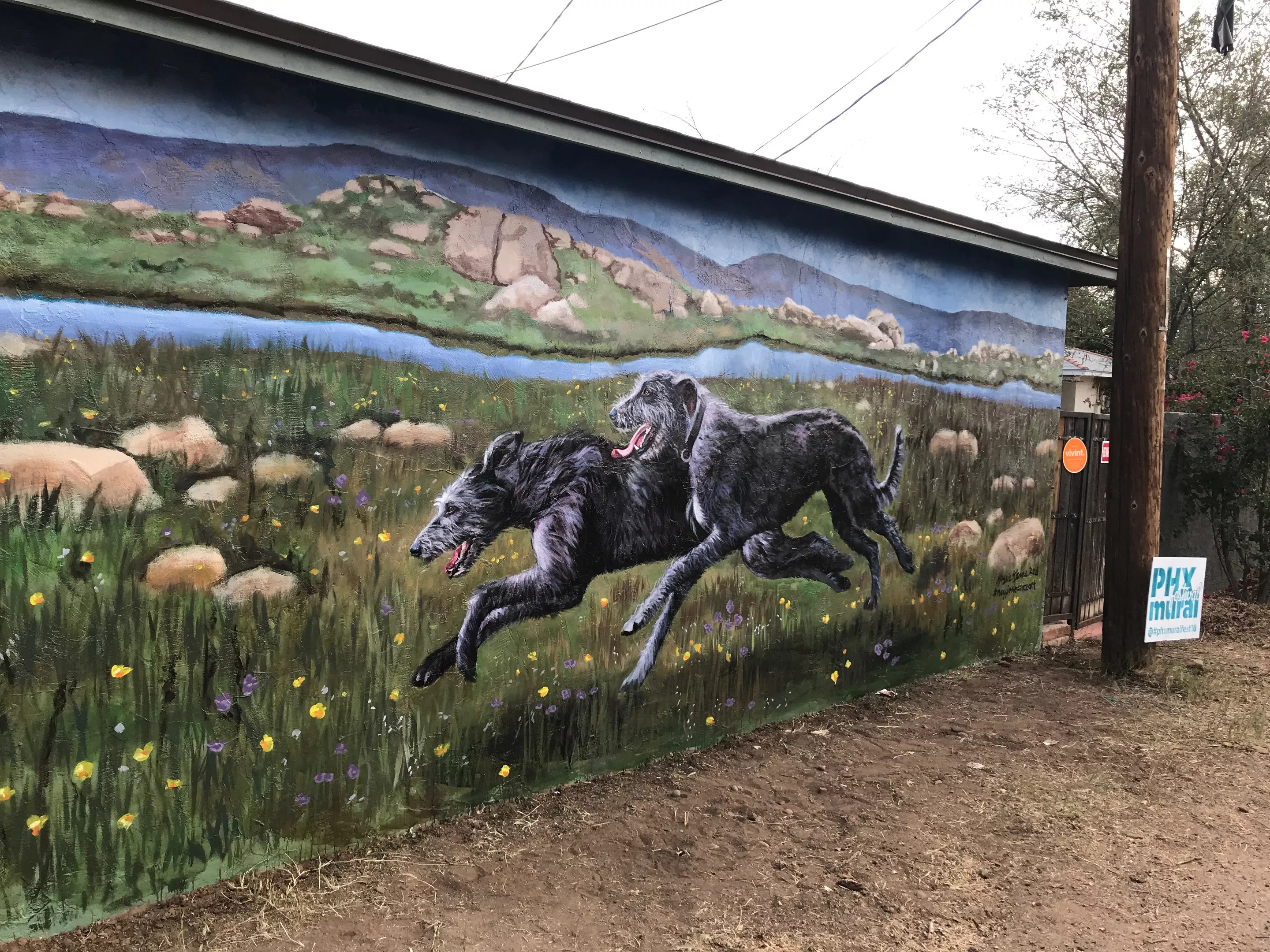
Maggie Keane painted this mural that faces a Willo alley.
Lynn Trimble
UPDATE, 5:30 p.m. July 16: The City of Phoenix is holding a community meeting for people who want to share their opinions about murals in historic neighborhoods. It’s taking place at 5:30 p.m. on Tuesday, August 21, inside the Pulliam Auditorium at Burton Barr Central Library. You can address questions about that meeting to Michelle Dodds, historic preservation officer for the city, at 602-262-7468. The Phoenix Mural Project is asking mural supporters to share their feedback here.
There’s been significant controversy since a dozen or so murals went up around the Willo Historic Neighborhood in Phoenix during the Phoenix Mural Festival held in May.
People opposing the murals have taken their concerns to the board for the Willo neighborhood association and city officials, including Michelle Dodds of the city’s Historic Preservation Office.
Will you step up to support New Times this year?
At New Times, we’re small and scrappy — and we make the most of every dollar from our supporters. Right now, we’re $15,500 away from reaching our December 31 goal of $30,000. If you’ve ever learned something new, stayed informed, or felt more connected because of New Times, now’s the time to give back.
Neither the association nor the city have the power to regulate murals painted on private property at this point. But some have suggested a policy regulating murals in historic neighborhoods needs to be developed.
So, we reached out to several community members to ask their opinion on the issue. We’ve included the responses we received below, along with images of a few of the murals painted in the Willo neighborhood during May.
We asked them the following question, then edited the responses for clarity and length:
There’s been controversy over murals painted on public-facing private property in the Willo Historic Neighborhood. Should murals in historic neighborhoods be regulated? Why or why not? And if so, how?
It’s worth noting that although several have official positions with one or more community organizations, each responded with their personal take on the issue rather than speaking on behalf of any specific group.
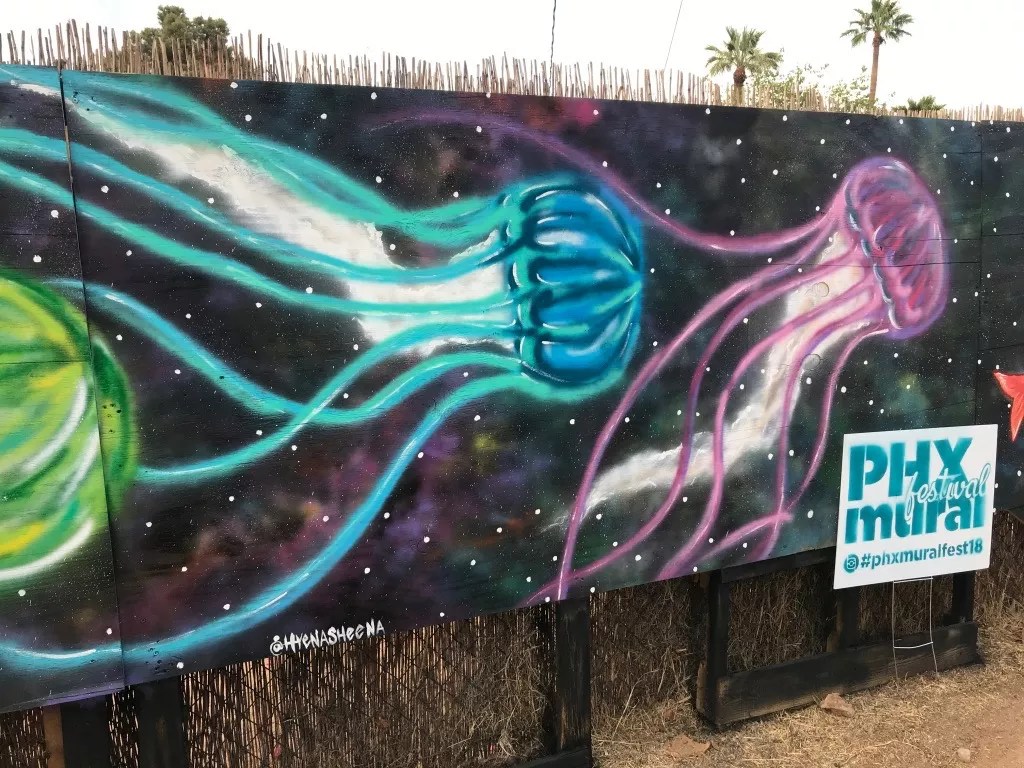
Another alleyway mural painted in the Willo Historic Neighborhood.
Lynn Trimble
Nikki Armstrong
Board member, Willo Historic Neighborhood
Murals in historic neighborhoods should not be regulated by anyone other than the owner of the property on which the mural appears or the artist. Murals and other public art provide unique, valuable aesthetics in our neighborhoods, enriching our culture, neighborhood character, and quality of life. The Historic Preservation Office does not currently regulate paint color, so attempted regulation of murals would be a departure from policy. Attempted regulation would create an undue burden for the city with regard to enforcement as well as the potential for litigation that would likely favor the murals since this type of art is frequently protected under the First Amendment.
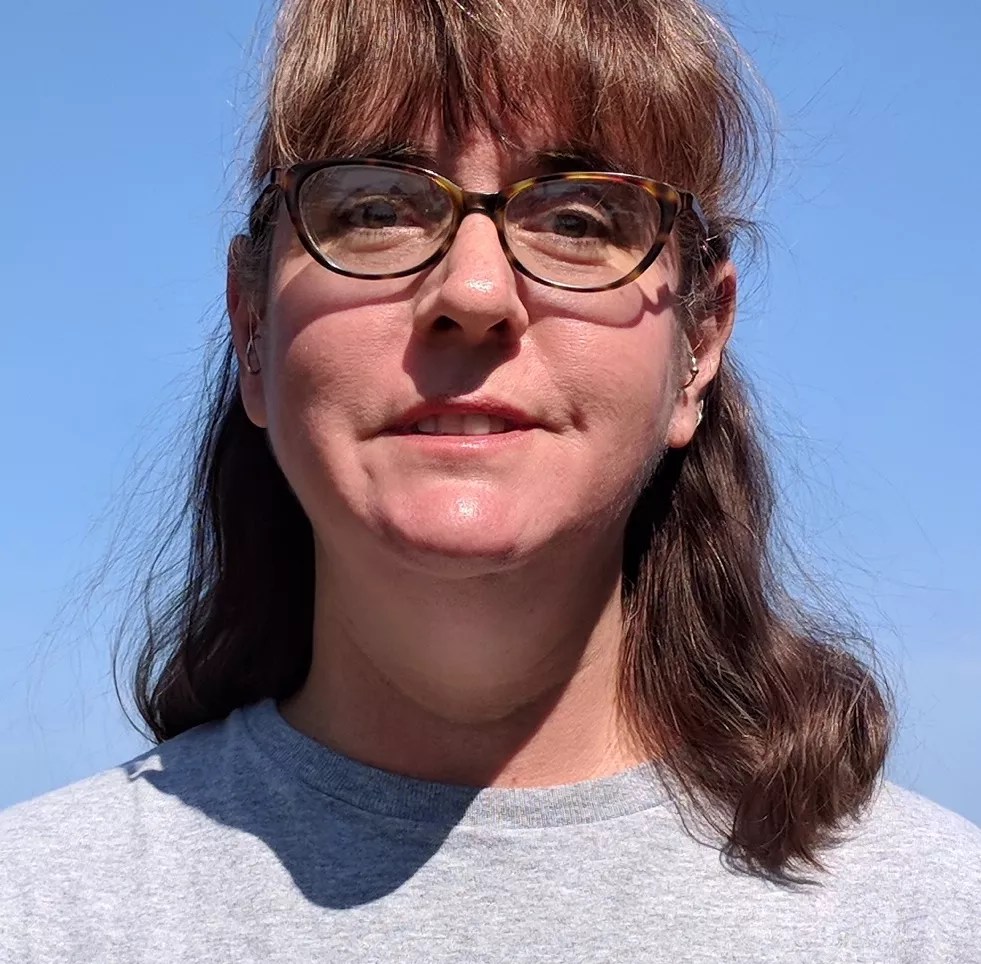
Nikki Armstrong lives in the Willo Historic Neighborhood.
Courtesy of Nikki Armstrong
The city’s Historic Preservation Office already has their hands full monitoring actual threats to preservation issues, such as demolition of historic structures and significant remodel projects that take away a home’s contributing characteristics. Furthermore, large block walls that often become the “canvas” for murals did not exist when our oldest homes were built, so arguing about whether they are covered with a mural is a moot point as far as contributing to the historic look and feel of the structure. Property owners without HOAs deserve freedom of choice as far as whether their walls display murals. Another collaborative mural painted in Willo during the Phoenix Mural Festival. Lynn Trimble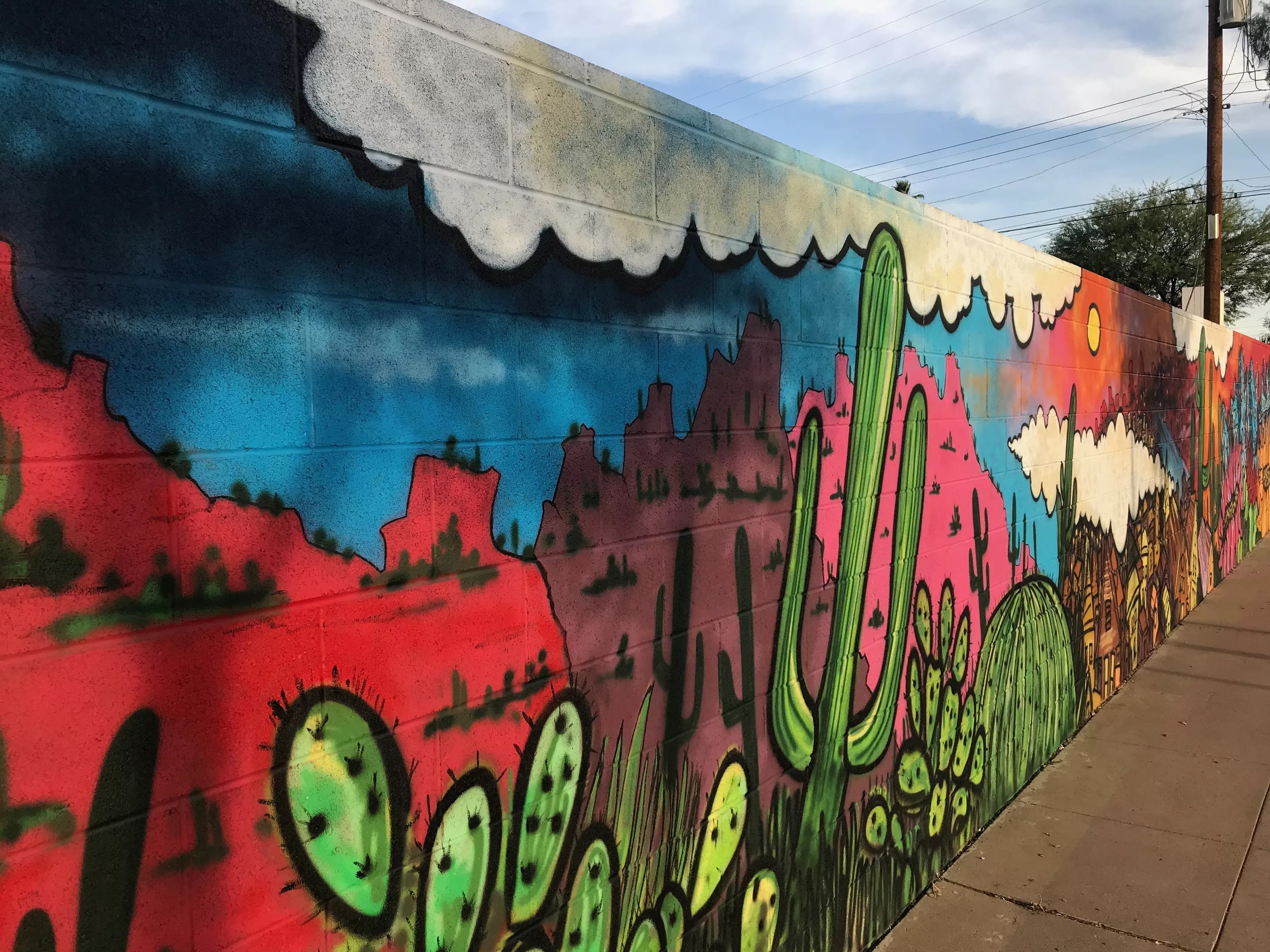
Opal Wagner
Board member, Willo Historic Neighborhood
Neighborhood leaders and city officials received a significant number of calls during and after the Phoenix Mural Festival in May, questioning whether the handful of high-visibility, street-facing murals that went up during the festival were in keeping with the sense of place and historic integrity of the Phoenix historic districts that local preservation activists and community leaders have worked so hard over the past few decades to preserve. I think that is a legitimate question, and it is one that various cities have grappled with resulting in a variety of regulations and ordinances throughout the U.S. The city of Los Angeles, for example (long considered the “mural capital of the world”), has some of the most restrictive mural regulations in the country, prohibiting murals on lots that are zoned single-family residential, and requiring a permitting and design review process for murals.
I think this serves as a testament to the controversial nature of murals in residential areas in general, let alone in historic districts where many residents purchased their homes with the expectation that the historic look and sense of place would be protected and preserved. I wholeheartedly think the historic look and feel of our historic districts is worth preserving for future generations. This has been an interesting discussion over the past two months and, I think the passion we’ve seen on both sides is a testament to the love that people have for Phoenix’s historic neighborhoods – which represent but a minuscule portion of Phoenix’s housing stock. I believe this controversy has presented a golden opportunity for various community leaders and activists to come together and learn from each other. I’m hopeful that stakeholders on both sides will embrace the opportunity to work with the city of Phoenix to produce a policy that works for everyone
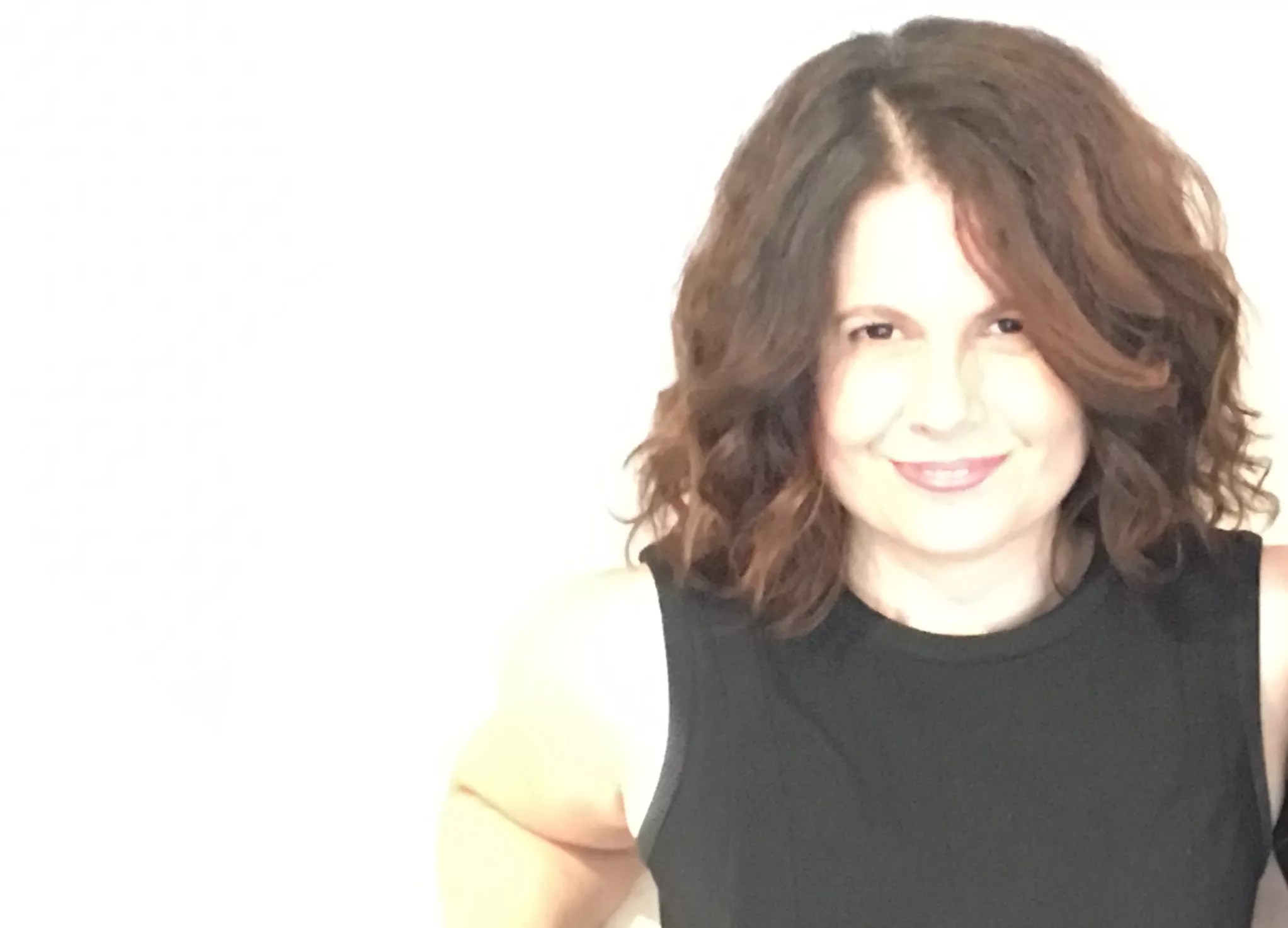
Catrina Kahler works in downtown Phoenix, where several businesses have commissioned murals.
Courtesy of Catrina Kahler
Catrina Kahler
President, Artlink
Murals are a dual expression of artist and place. Our vibrant historic neighborhoods are the result of residents who have acted as caretakers of our city’s history for several decades, contributing mightily to our city’s culture. In more recent years, mural artists have helped make this culture even more visible through the lens of their artistic expression.
When a community comes together to decide on something to be regulated, one would hope the decision would be a result of thoughtful, inclusive discussions, not as a reaction, which can bring about unintended consequences. Much can be accomplished through open communication and education.
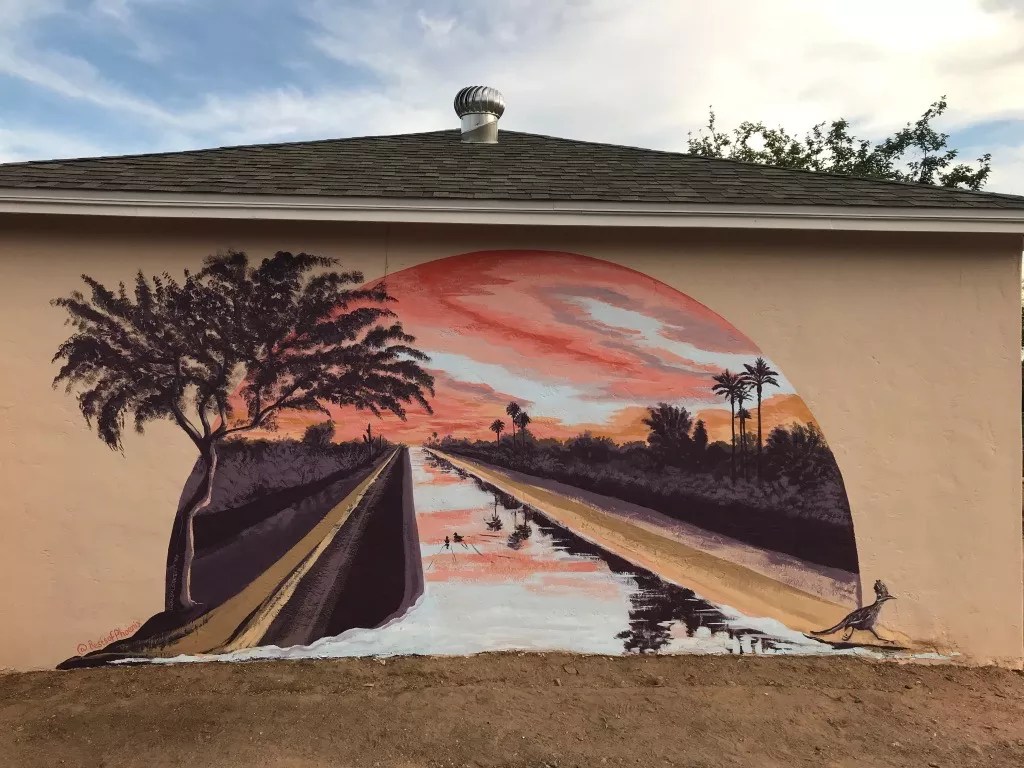
Laura Spalding Best painted this mural in Willo during the May festival.
Lynn Trimble
Ed Buckel
Willo resident
For me, the murals in the historic neighborhoods are one more thing that makes Phoenix a special place to live. When we first moved to the area, the highlight of many bike rides was going all around and seeing the murals. The murals add culture and that pop of color in a sea of brown. It seems silly to me that people complain about street art while living so close to an art museum.
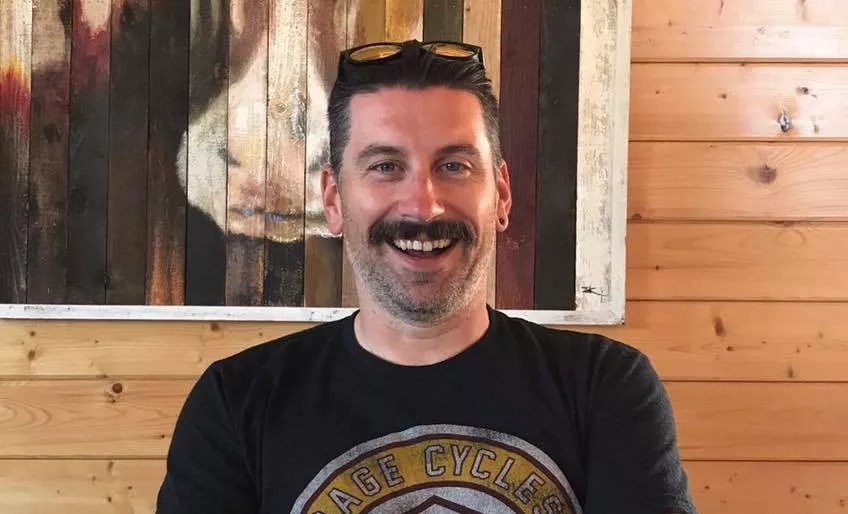
Ed Buckel lives in the Willo neighborhood.
Courtesy of Ed Buckel
I feel the murals add to the charm of the historic neighborhoods. Where else in the city can you walk down the street and enjoy beautiful historical homes mixed in with modern urban art? Art is so many different things for so many different people. I can understand how the murals might not be everyone’s favorite but it’s important to remember that sometimes art is challenging. It’s a time capsule of an artist’s expression. It’s free speech.
While I hope the murals remain in good taste, I don’t like the idea of regulating them, neither in subject matter nor location. Where do we draw the line? One of the beauties of living in Willo is the lack of “cookie cutter” homes. It’s a big deal that there is no HOA to restrict individualism – whether it’s color of the house, the option of having a green lawn – or, desert landscaping. Do we really want every house some shade of brown? The result is a lovely collection of personalities and styles. The murals are just another expression of this urban community.
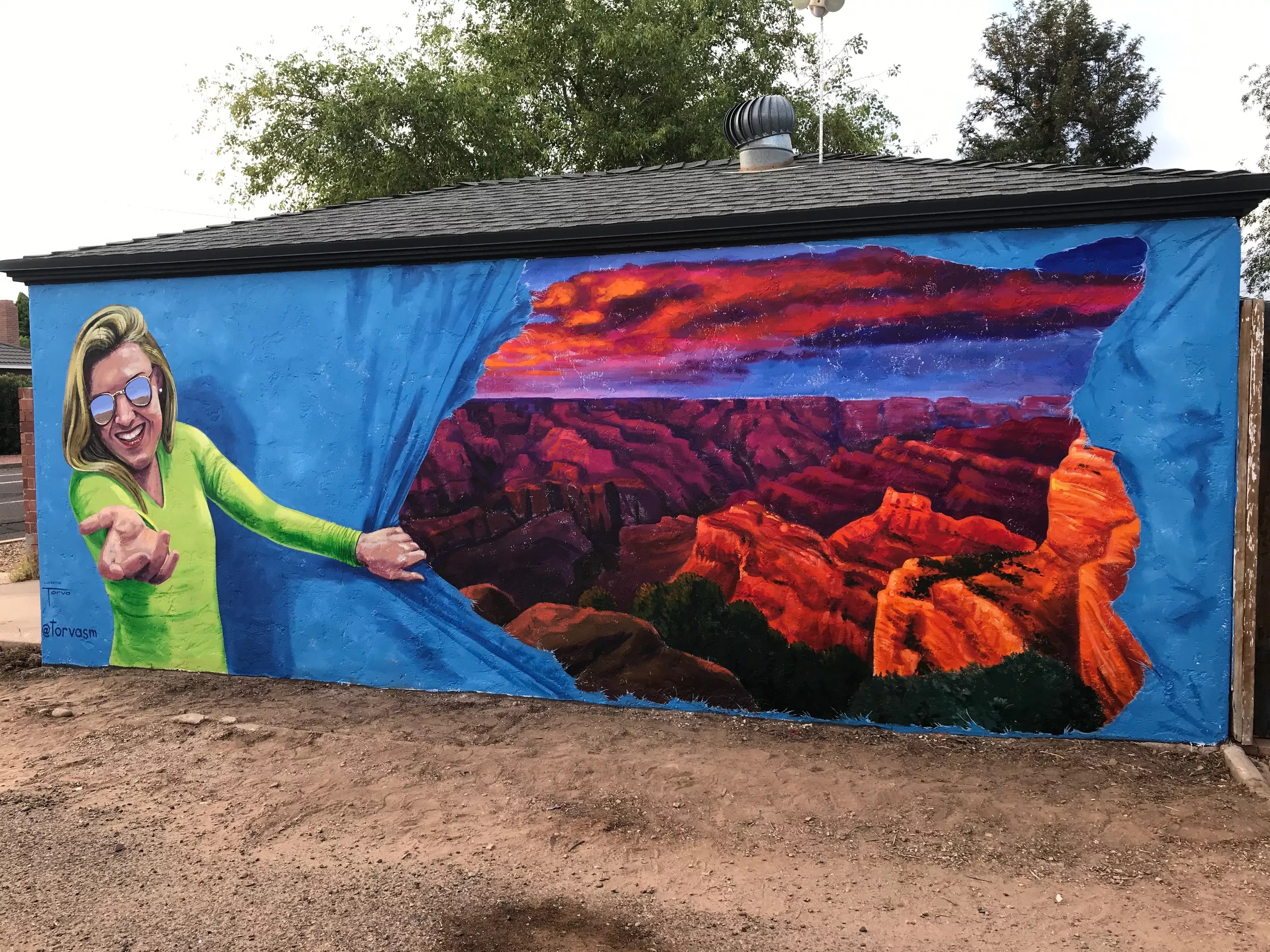
Lucretia Tovra painted this Willo mural during the Phoenix Mural Festival.
Lynn Trimble
Amy works in the Roosevelt Row neighborhood, where murals are prevalent. Courtesy of Amy Otto
Amy Otto
Manager of Programs, Roosevelt Row Community Development Corporation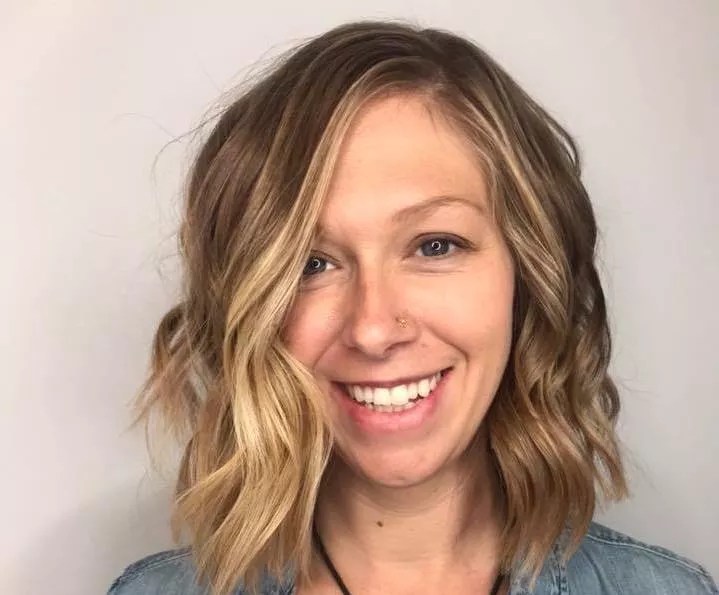
I think the desirable quality of living in a neighborhood without an HOA is exactly that … there are very minimal regulations on what property owners can do to their homes and spaces, However, there’s a great harmony that occurs when neighbors can all agree on an aesthetic of their community, so I’m of the mind that it’s important to get the input of those around a potential mural project.
It might take more time and effort to get that case-by-case feedback, but my opinion is that it’s superior to a blanket regulation that’s open to interpretation. In the case of Willo, the community is located so close to the arts districts. It makes sense that the mural movement seeps into the surrounding neighborhoods, although the expression of those pieces really should reflect the people living there and their community culture.